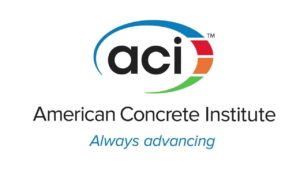
In a self-healing bioconcrete, dormant bacterial spores contained in clay pellets (black and gray circles, left) germinate when cracks expose them to moisture. The microbes feed on calcium lactate to form limestone, sealing the cracks (right).
The idea of self-healing concrete originated with Carolyn Dry, an architecture professor at the University of Illinois, Urbana-Champaign, in the early 1990s. Dry tried to embed concrete with glass capsules that would break when a crack formed and release methyl methacrylate glues. But the glues were too viscous to flow out and fill the cracks. Plus, glass capsules would have a hard time surviving a cement mixer. But since those early efforts, scientists and engineers have found new, more effective ways to embed healing agents in concrete. Now, some of the first commercial products are in sight.
Read more here: http://cen.acs.org/articles/94/i6/Helping-Concrete-Heal-Itself.html



